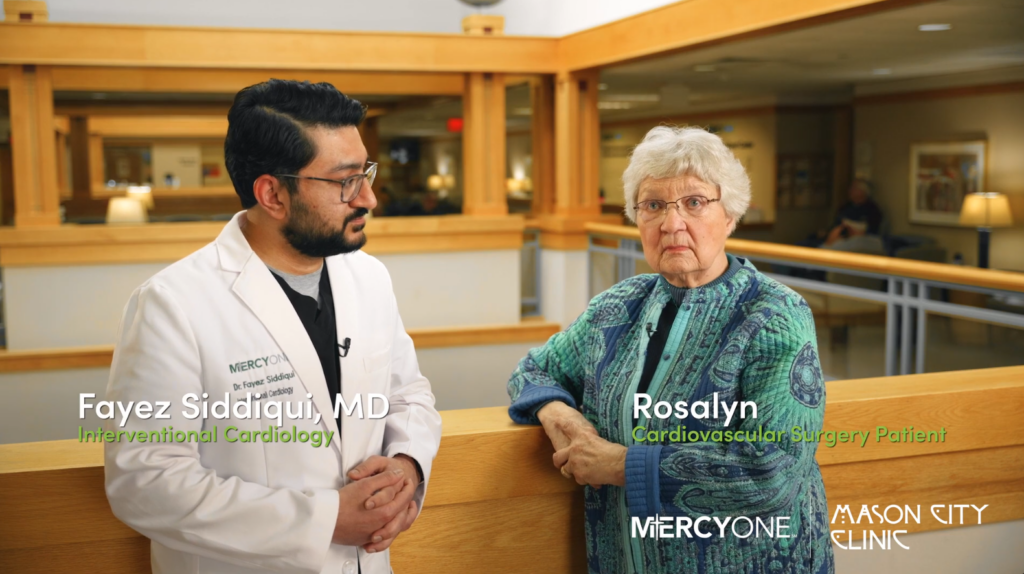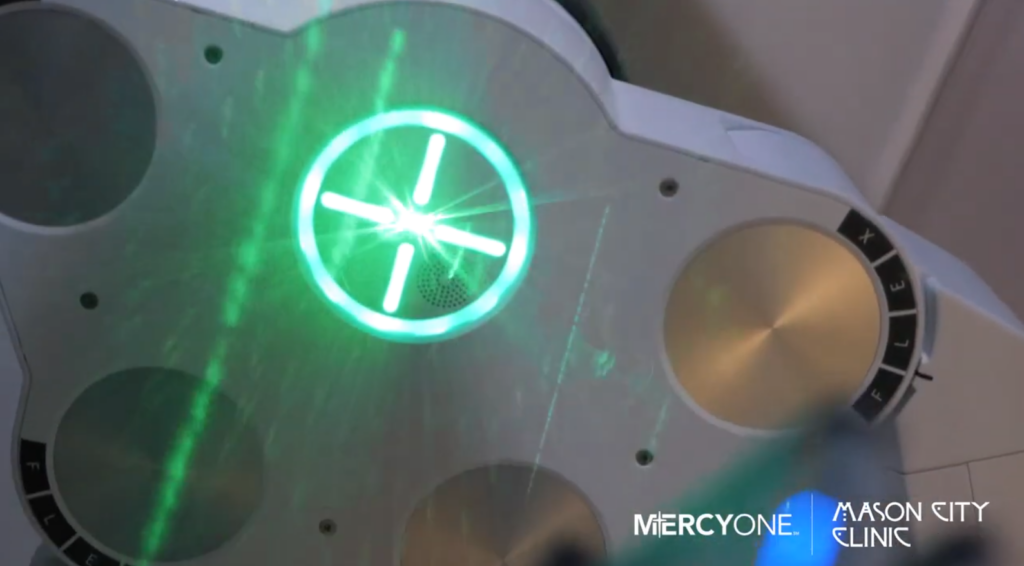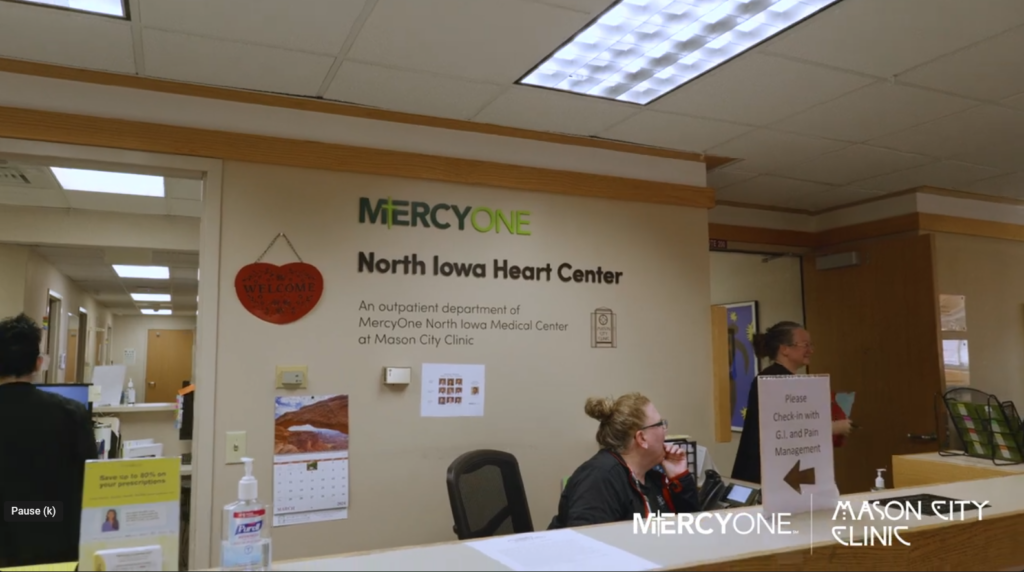Aortic stenosis, a condition characterized by the narrowing of the aortic valve, can significantly affect a person’s quality of life. For many, the symptoms may begin subtly but gradually intensify, leading to severe complications if left untreated. Fortunately, advancements in medical technology, such as the Transcatheter Aortic Valve Replacement (TAVR) procedure, offer a minimally invasive solution that can dramatically improve patient outcomes. Rosalyn’s experience with aortic stenosis and her journey through the TAVR procedure provides a compelling example of the procedure’s benefits.

Aortic stenosis often presents a variety of symptoms that can easily be mistaken for other health issues. Rosalyn’s experience is a prime example of how these symptoms can progress. She recalls, “The symptoms began with shortness of breath and then some chest pain that didn’t seem to go anyplace. It just was right where the heart is, and it started getting progressively worse. I would go out to the garden and check out my flowers, and that’s when I really started getting chest pain, couldn’t breathe.” These symptoms, though seemingly related to everyday activities, were indicative of a more serious underlying condition.
Interventional cardiologist, Fayez Siddiqui, MD, who treated Rosalyn, highlights the importance of recognizing these signs early on. “When we see patients like Rosalyn, we look at a few things. One is they need to have a diagnosis of aortic stenosis, which is the thickening or the narrowing of the valve or known as a sticky valve. In addition to that, we look at the symptoms and the one that Rosalyn mentioned, like shortness of breath, chest pain, dizziness, lightheadedness, and a very unrecognized symptom is feeling fatigue, tired over the past few months or years, progressively getting worse.”
For Rosalyn, these symptoms were not just an inconvenience; they were a clear indicator that something was seriously wrong. Her condition was confirmed through an echocardiogram, which revealed the severity of her aortic stenosis.

Upon her diagnosis, Rosalyn was presented with treatment options. Dr. Siddiqui, recognizing her active lifestyle and desire to maintain her independence, recommended TAVR. This minimally invasive procedure involves implanting a bioprosthetic valve, made from cow or pig tissue, to replace the diseased valve. Dr. Siddiqui explains, “TAVR it’s most commonly known as, but it stands for transaortic valve replacement. So it is a minimally invasive surgery or a procedure where we implant a bioprosthetic valve and we go in and deploy it. And right away it takes over the function of the diseased valve and starts functioning. In doing so, in opening up that narrowing with a new valve, it restores blood flow throughout the body, and our patients feel difference most of the time right away.”
For Rosalyn, the difference was immediate and profound. Post-surgery, she noted, “Oh, what a difference. What a difference the post-surgery was. I was able to walk without having the chest pain that just didn’t seem to go away. The elimination of atrial fib was gone, and I was out in the garden two days later digging my plants out and replacing them and thinking that didn’t belong there, but it belonged here. So, my creative juices were really flowing. I feel great. I feel like I’ve had a second lease on life.”
The success of Rosalyn’s TAVR procedure highlights the transformative impact this treatment can have on patients with aortic stenosis. Not only did the procedure alleviate her symptoms, but it also restored her ability to engage in activities she loves, from gardening to socializing with friends and family. Dr. Siddiqui reflects on the emotional rewards of performing TAVR, stating, “It’s indescribable. No, this is why we do what we do, and this is, I think, one of the most gratifying and satisfying feelings I can have as a physician.”
TAVR represents a significant advancement in the treatment of aortic stenosis, offering hope to patients who may not be candidates for traditional open-heart surgery. By restoring proper blood flow and alleviating the debilitating symptoms of aortic stenosis, TAVR allows patients like Rosalyn to regain their quality of life.

Aortic stenosis is a serious condition that, if left untreated, can lead to severe complications. However, with the advent of procedures like TAVR, patients have a minimally invasive option that can significantly improve their prognosis. Rosalyn’s journey from struggling with shortness of breath and chest pain to regaining her vitality after TAVR serves as an inspiring reminder of the advances in modern medicine.
For those experiencing similar symptoms, early diagnosis and intervention are crucial. If you or a loved one are facing aortic stenosis, consult with a specialist to explore whether TAVR could be the right solution for you. As Rosalyn’s experience shows, the results can be life changing.
Make sure you are staying on top of your heart health with annual checkups with your primary care provider. To learn more about what the Cardiology department at the Mason City Clinic offers patients go to: https://mcclinic.com/services/cardiology/
To see Rosalyn’s full journey and learn more about TAVR, watch the embedded video below:
Up-to-date. Down-to-earth. Close to home. Lots of great reasons to make Mason City Clinic
your first choice for all your family’s specialty healthcare needs.
250 S. Crescent Drive, Mason City, IA 50401
Tel: 641.494.5200
Toll Free: 800-622-1411
Fax: 641.494.5403